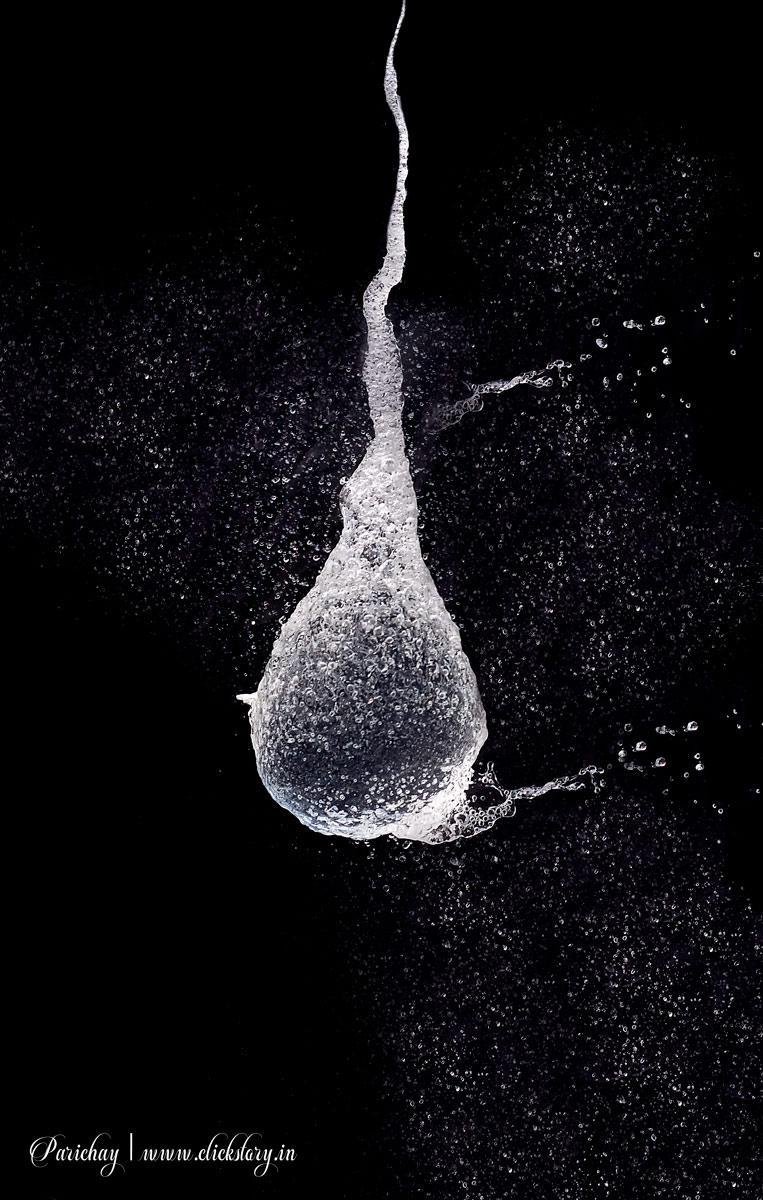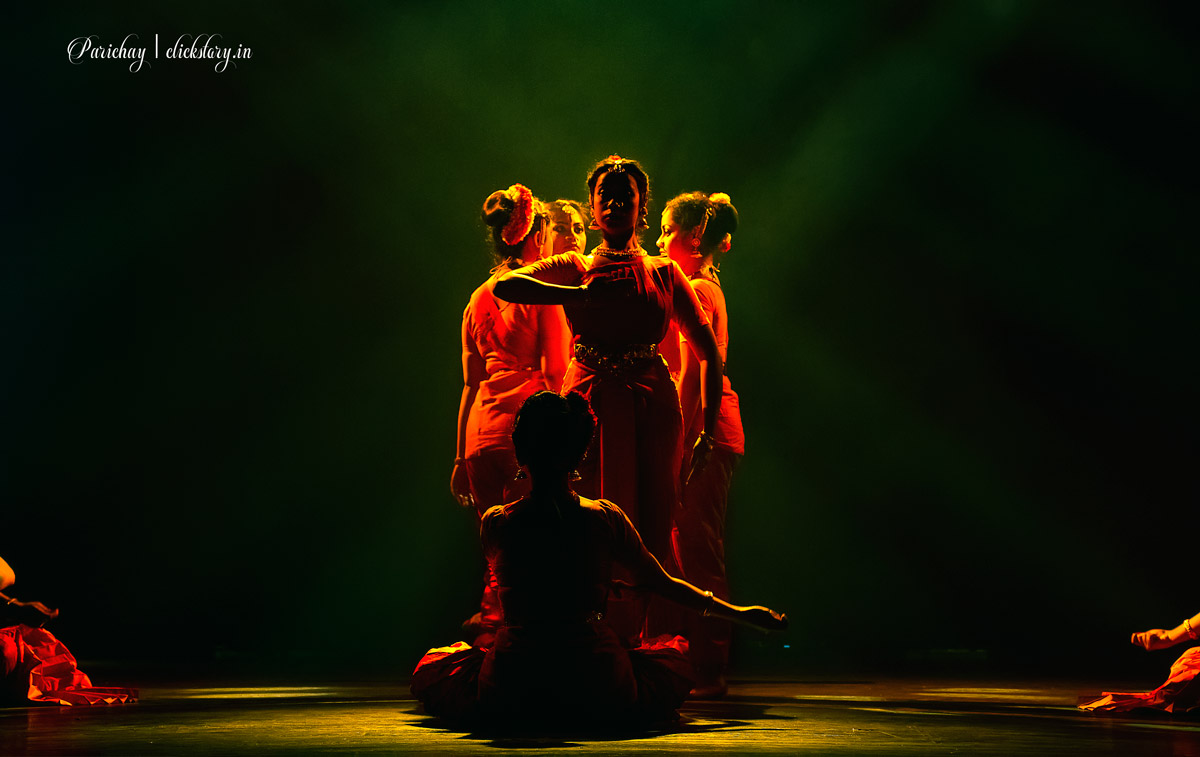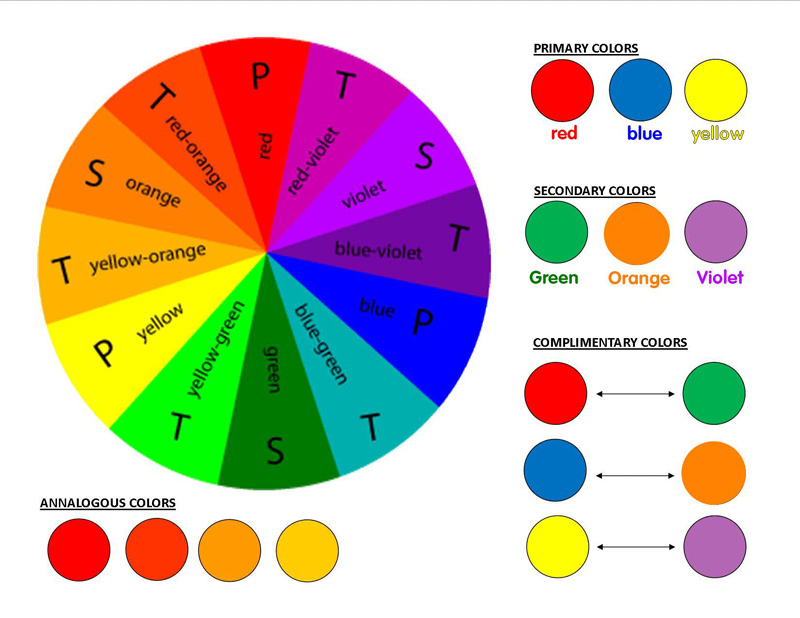Photography relies on various elements to create compelling and visually appealing images. Understanding these elements – line, shape, form, texture, pattern, color, and space – is essential for any aspiring photographer. In this article, we’ll break down these elements to help the beginners to take their first steps into the exciting world of photography.
1. Line

Lines are fundamental elements in photography, and they can be found everywhere in the world around us. Lines can be straight, curved, horizontal, vertical, or diagonal. They serve as visual pathways, guiding the viewer’s eye through an image. Horizontal lines, like the horizon, often convey stability and tranquility, while diagonal lines can add dynamism and energy to a photo. Leading lines, such as roads or pathways, draw the viewer’s attention to a specific focal point in the image.
2. Shape

Shapes are two-dimensional representations of objects or subjects in a photograph. They can be simple geometric shapes like circles, squares, and triangles, or they can be organic and irregular. The way shapes interact within a composition can greatly impact the overall message of the photograph. Recognizable shapes, like a heart or a star, can instantly convey meaning and emotion.
3. Form

Unlike shape, which is two-dimensional, form refers to the three-dimensional aspect of subjects within a photograph. Form is created by the interplay of light and shadow, giving objects depth and volume. By skillfully using lighting techniques, photographers can emphasize the form of their subjects, making them appear three-dimensional and lifelike.
4. Texture

Texture is the perceived surface quality of an object in a photograph. It’s the roughness of a rock, the softness of a flower petal, or the smoothness of glass. Photographers can use texture to add depth and tactile realism to their images. Close-up shots often highlight texture, allowing viewers to almost feel the surface through their eyes.
5. Pattern

Patterns are repetitions of elements such as shapes, colors, or objects in a photograph. Patterns can create a sense of order, rhythm, or predictability in an image. They can be found in both synthetic and natural scenes. Photographers often capture patterns in architecture, textiles, or even the natural world, like the repeated petals of a flower.
6. Color

Color is a powerful element in photography that can convey emotions, moods, and messages. Each color has its own psychological impact. Warm colors like reds and oranges evoke energy and passion, while cool colors like blues and greens convey calmness and serenity. Understanding color theory and how colors interact in an image can help photographers create visually striking compositions.
7. Space

Space in photography refers to the area within and around your subjects. Proper use of space is crucial for creating a balanced and harmonious composition. How you position your subjects within the frame and how you utilize negative space (empty areas) can significantly affect the visual impact of your photos. Space also plays a role in conveying a sense of scale and depth in your images.
In conclusion, these elements of photography are the building blocks of visual storytelling. By mastering these elements and learning how they interact with each other, photographers can create images that not only capture moments but also convey emotions, narratives, and unique perspectives on the world. Photography is not just about pointing and shooting; it’s about understanding and manipulating these elements to craft compelling and memorable photographs.
Thank you Pexels
